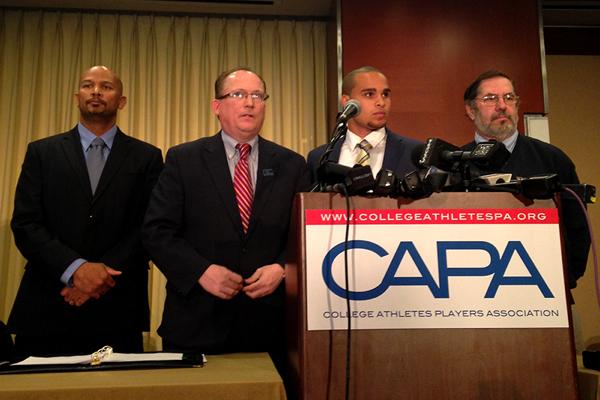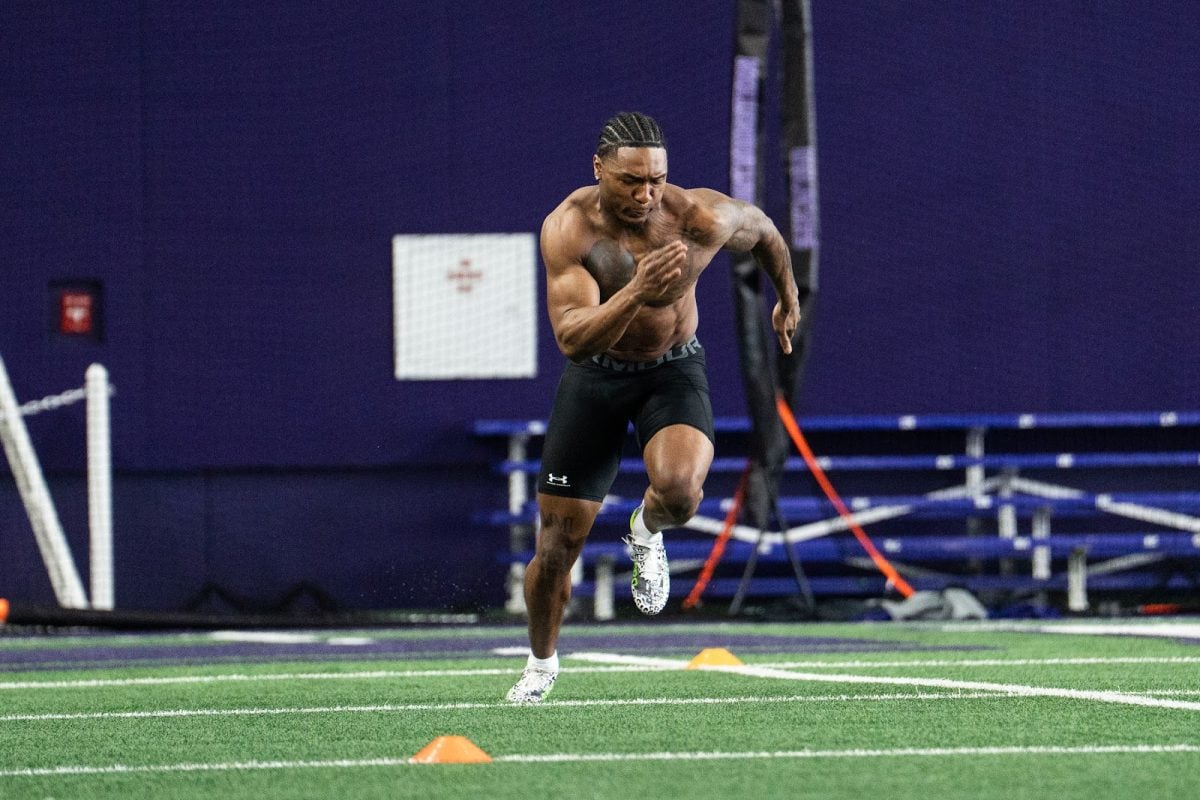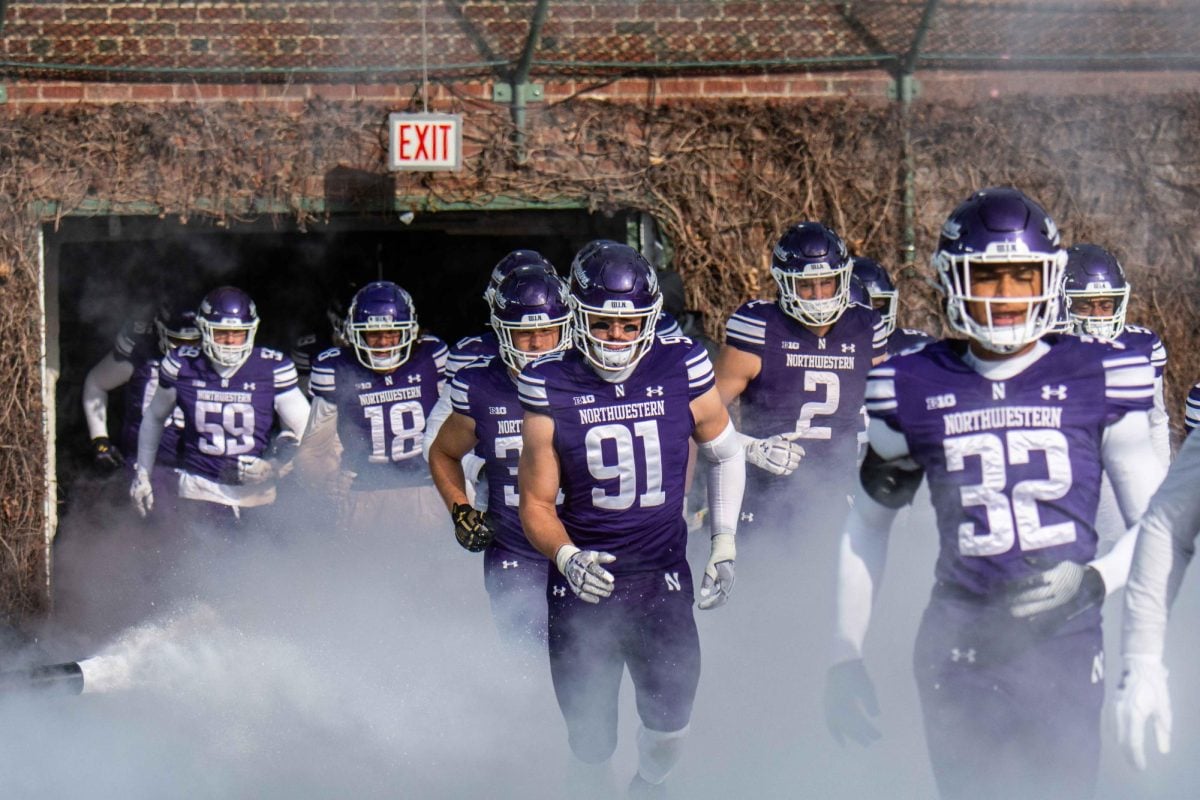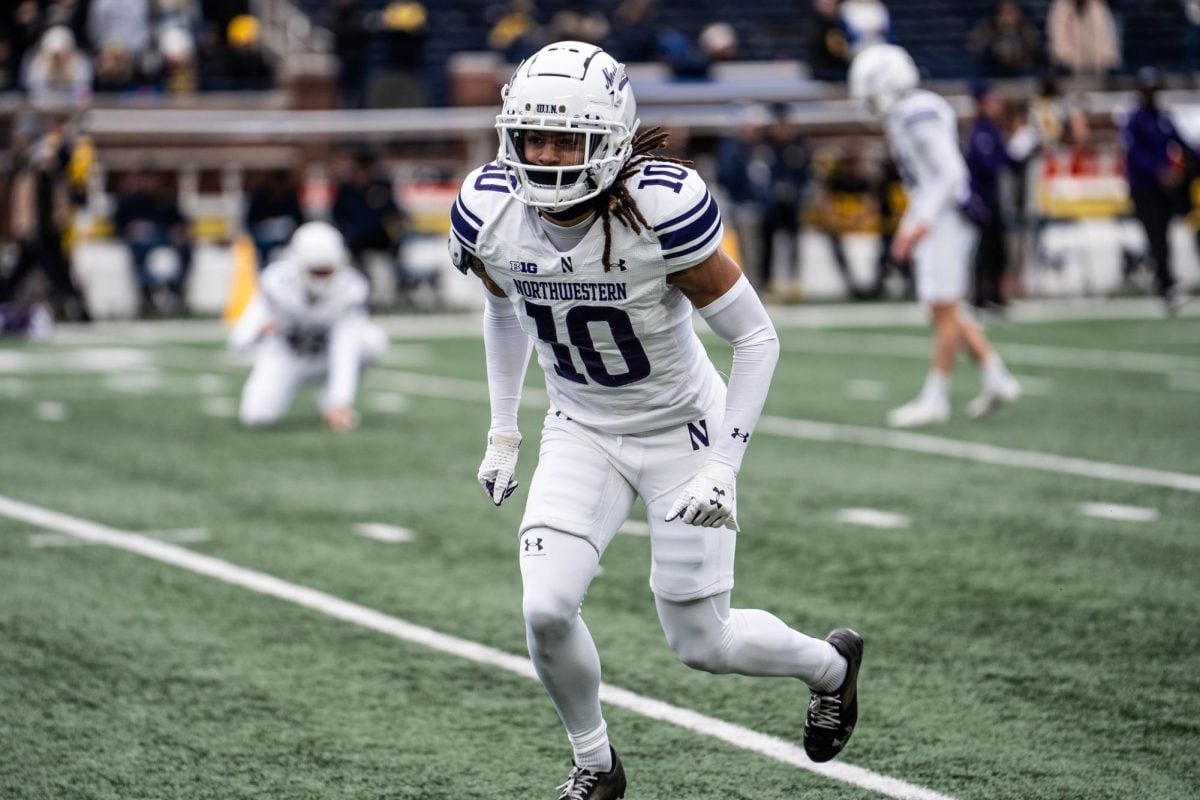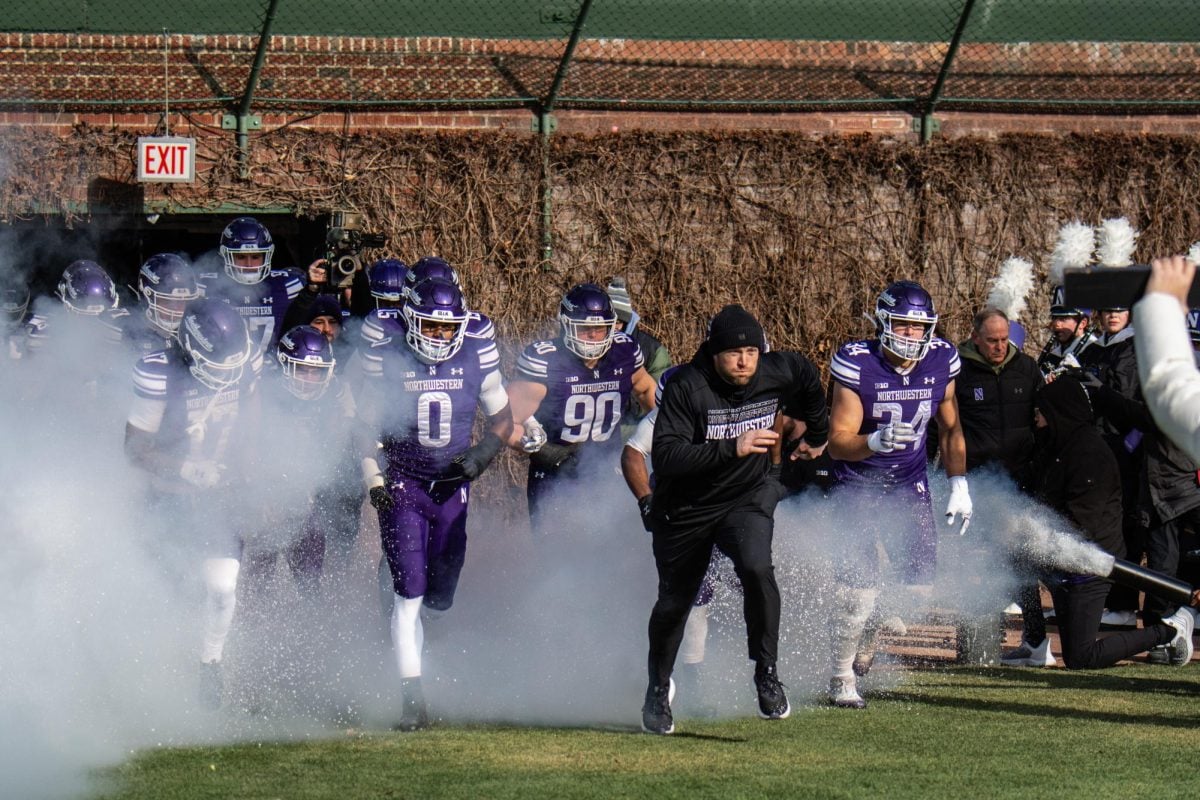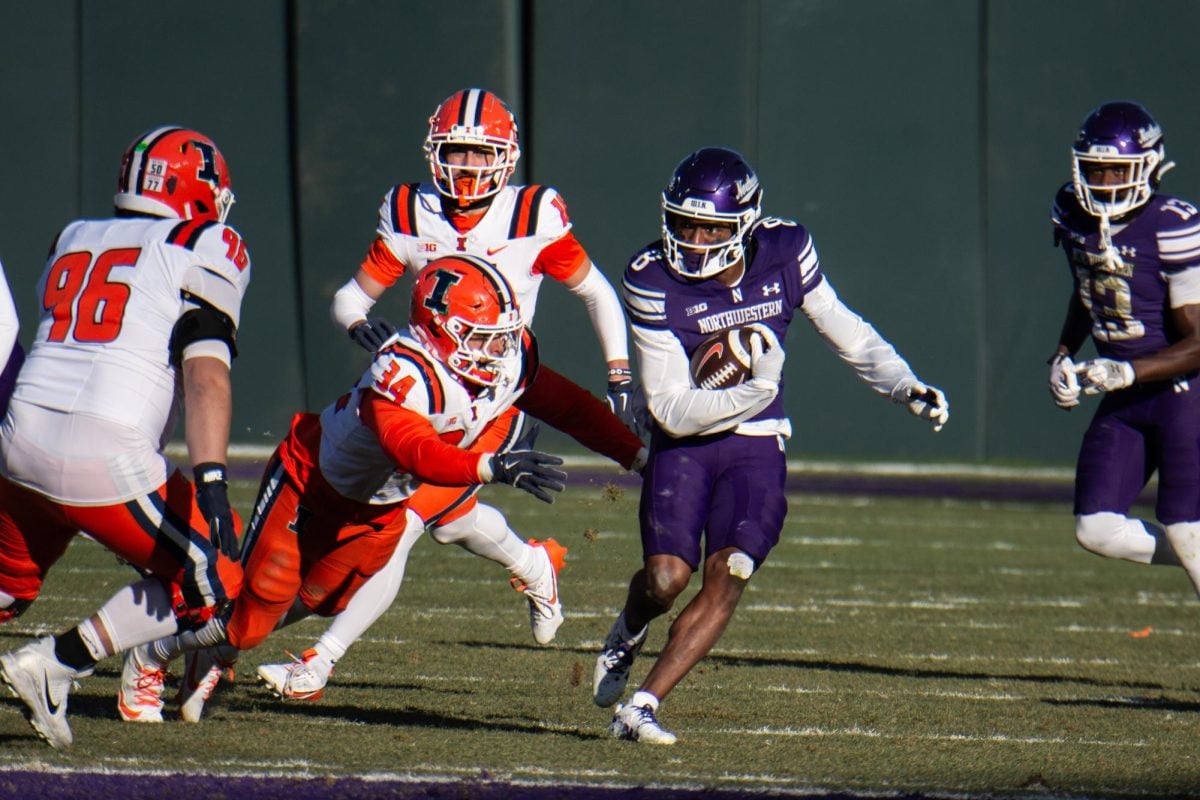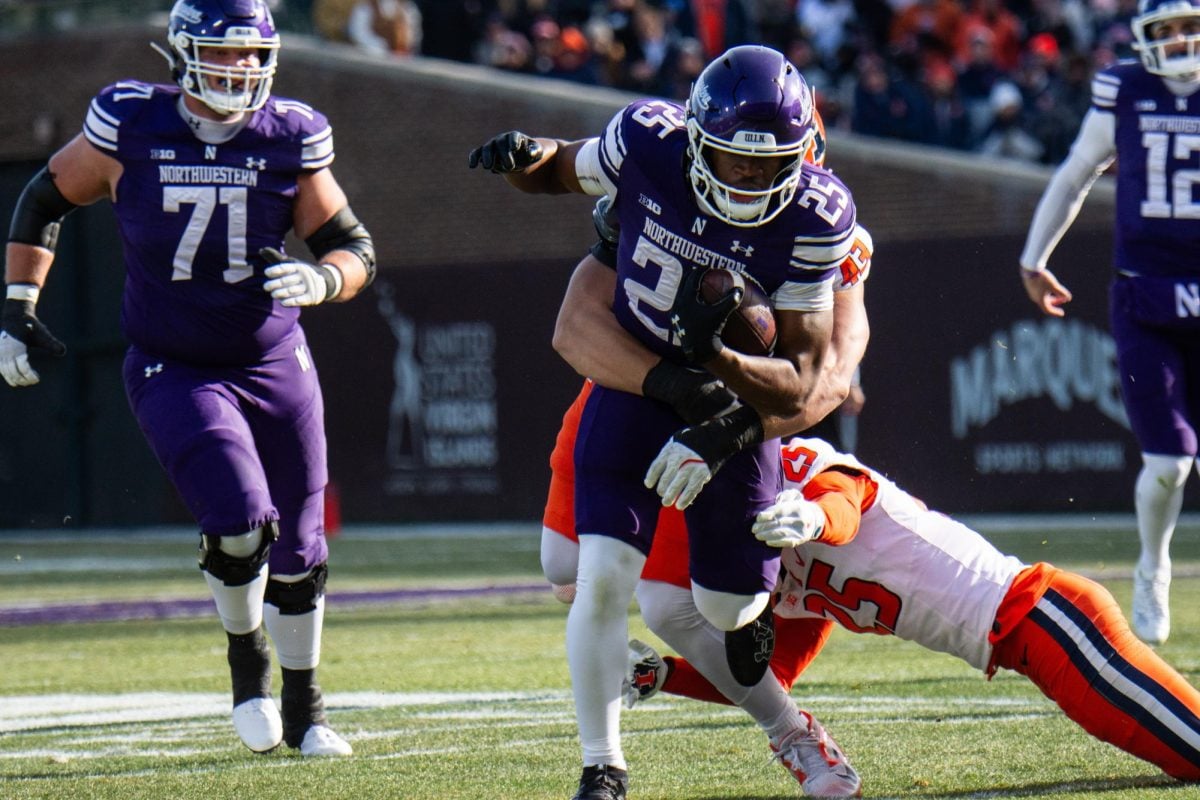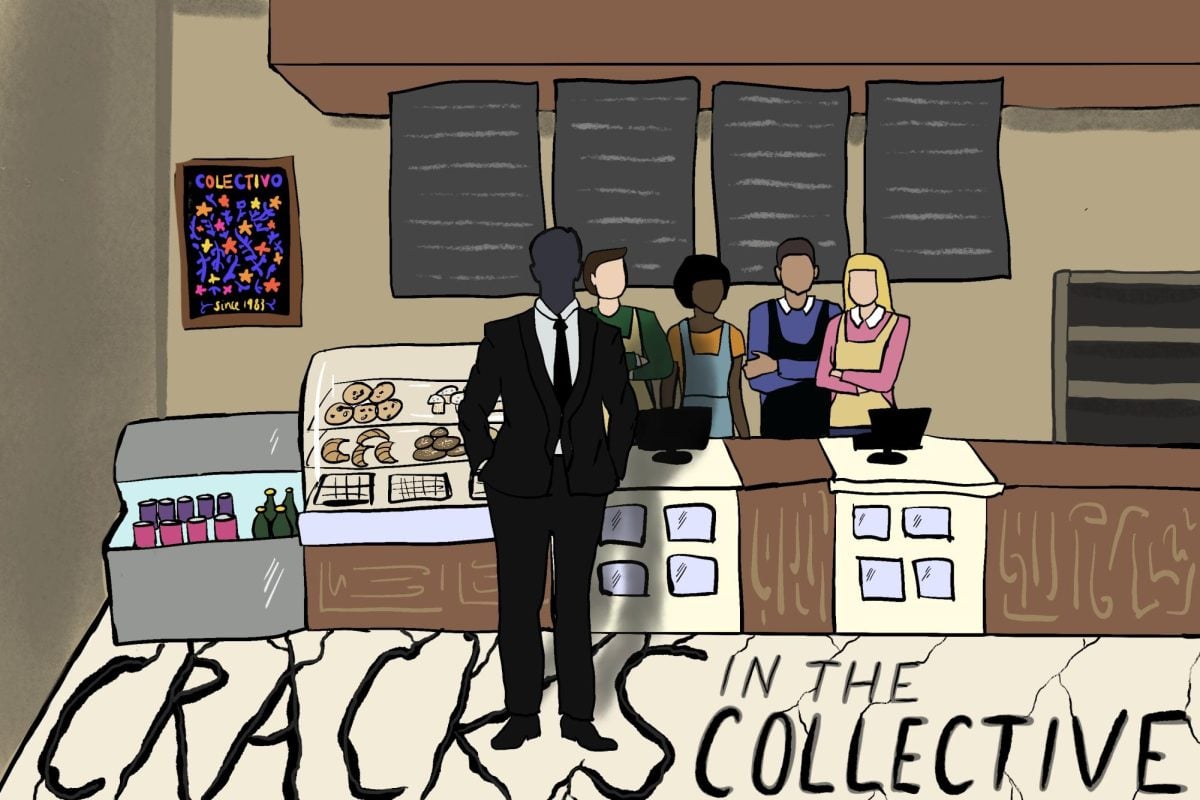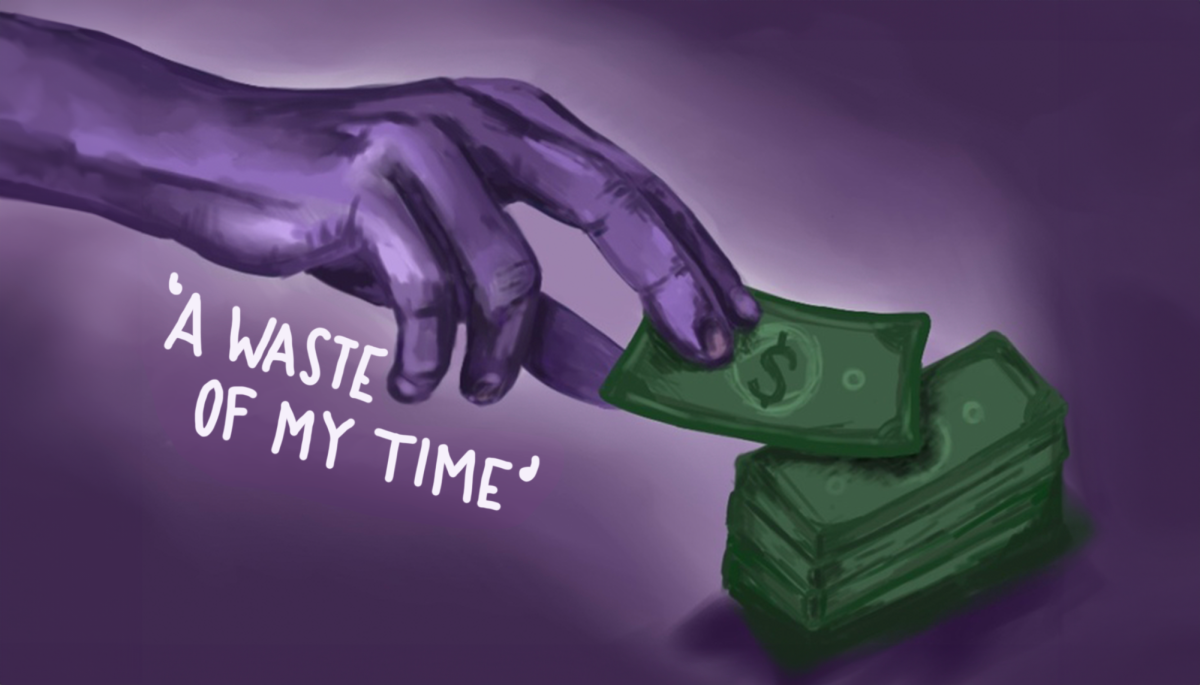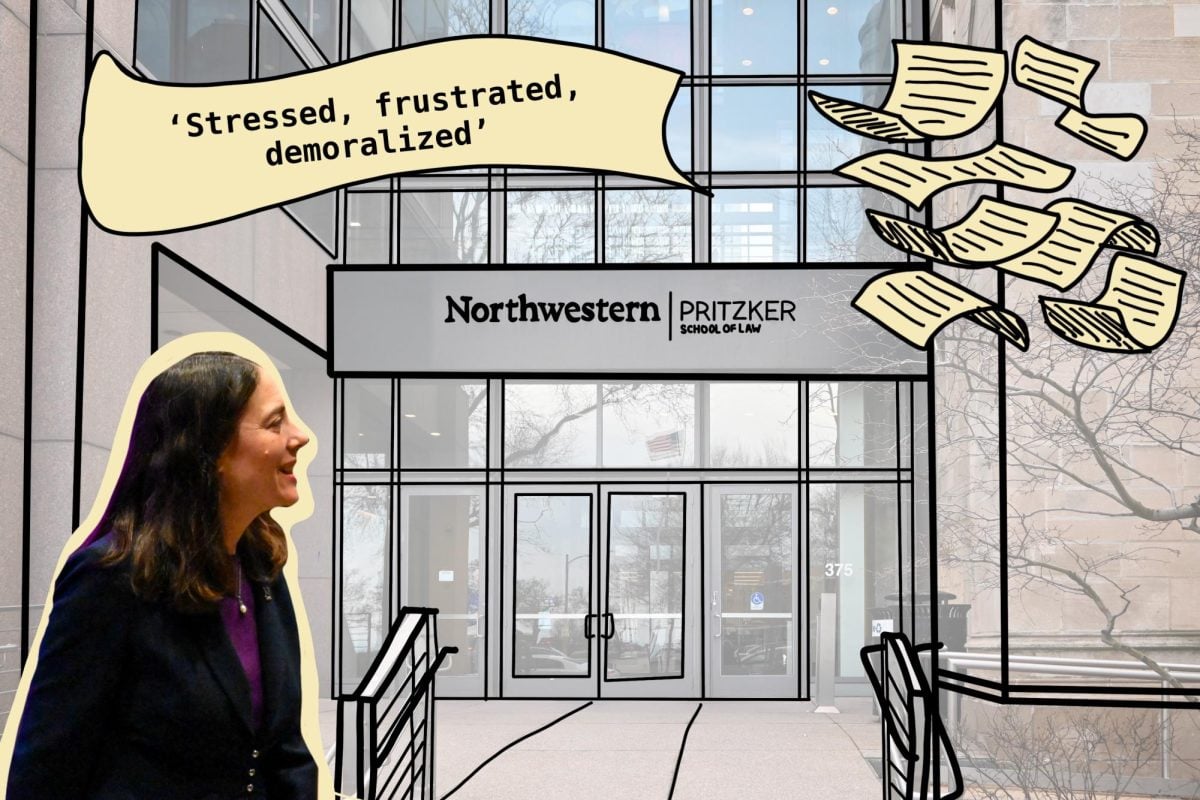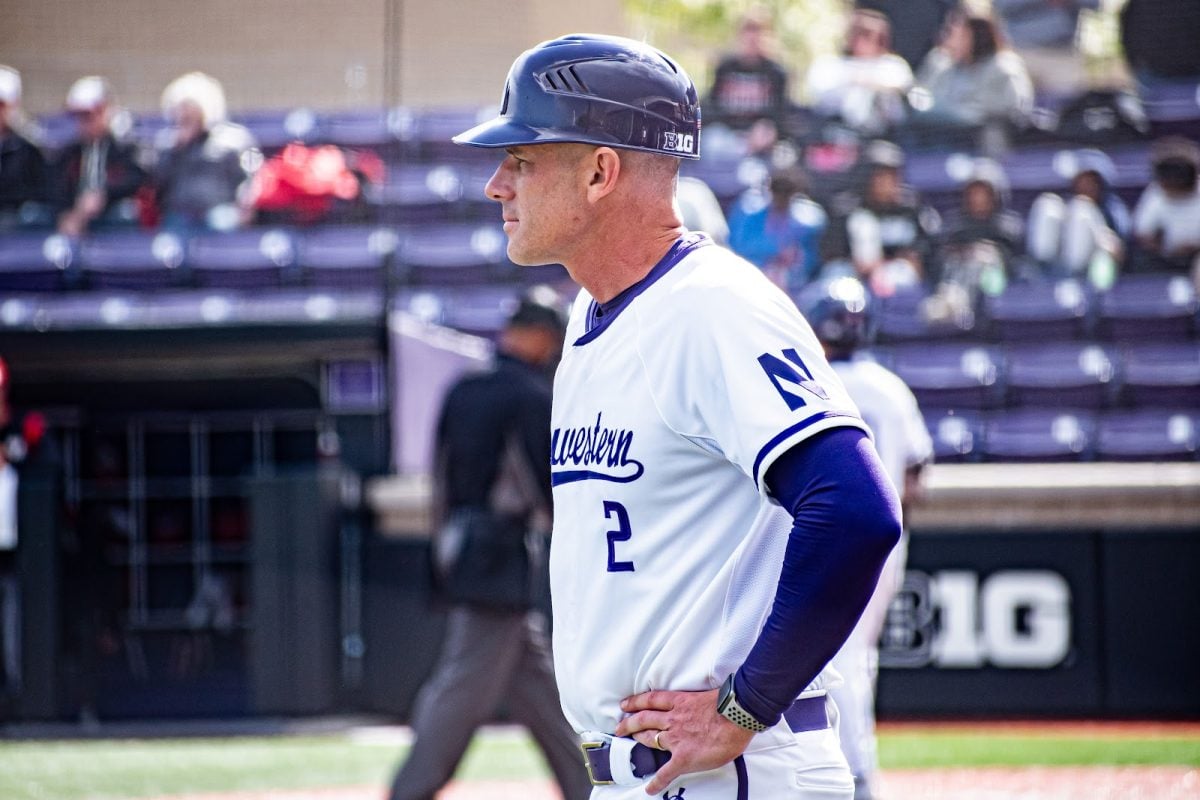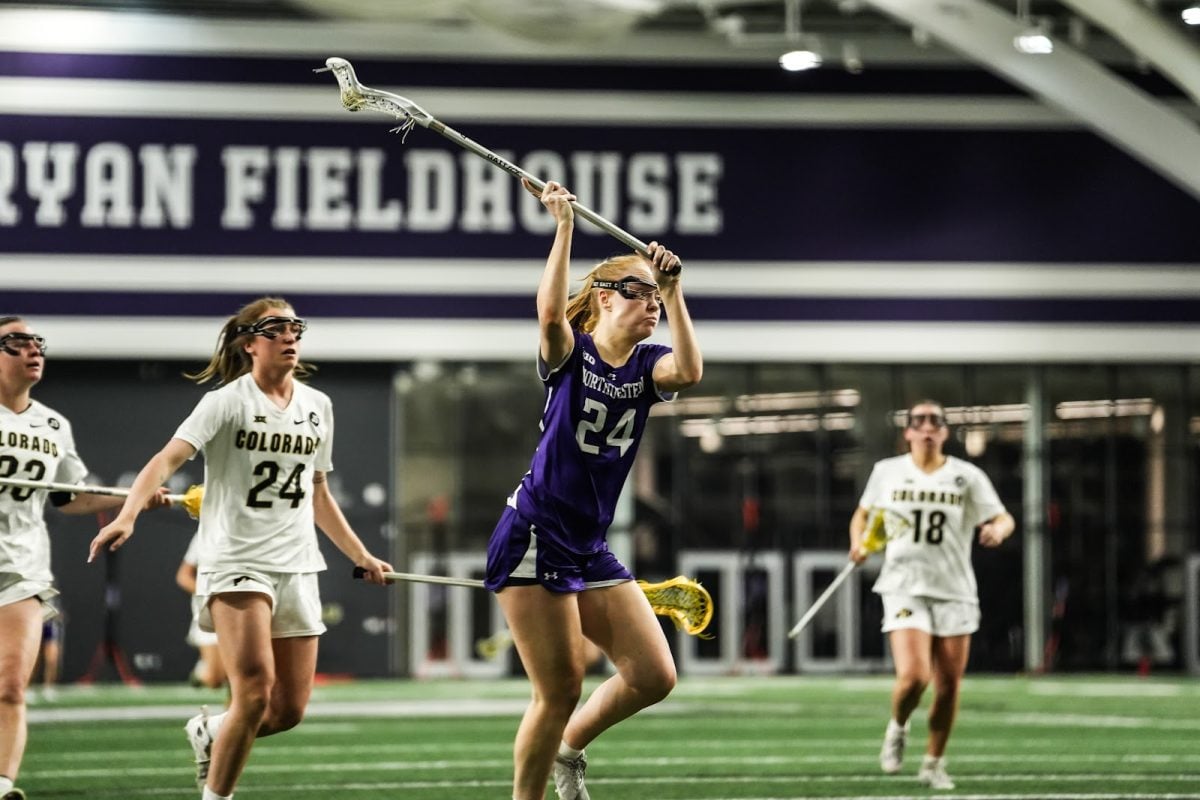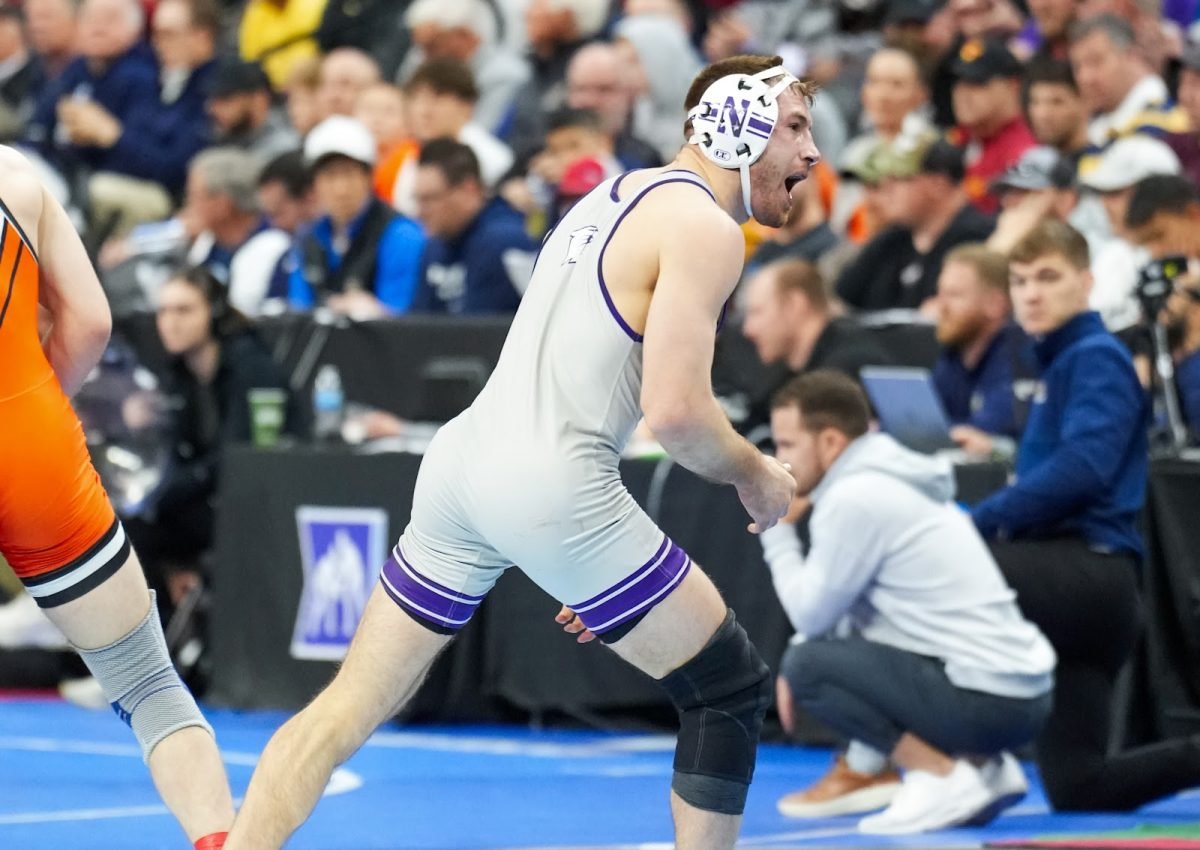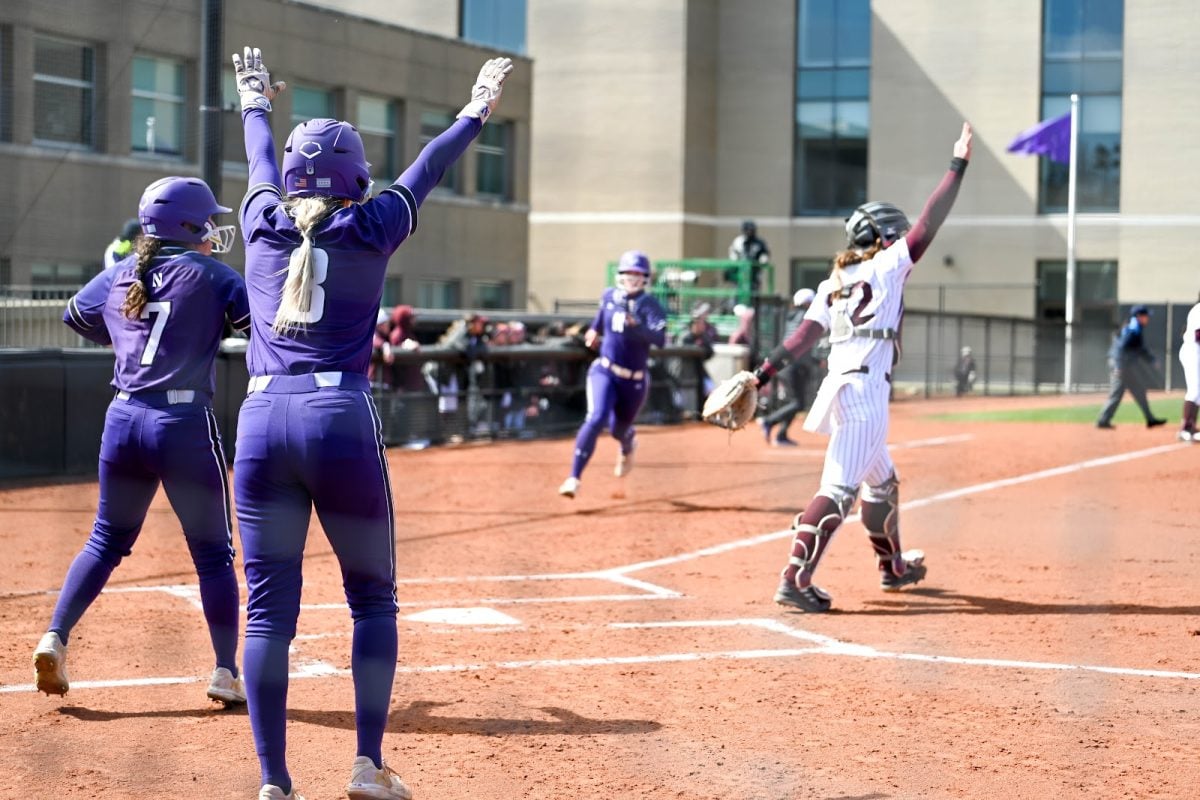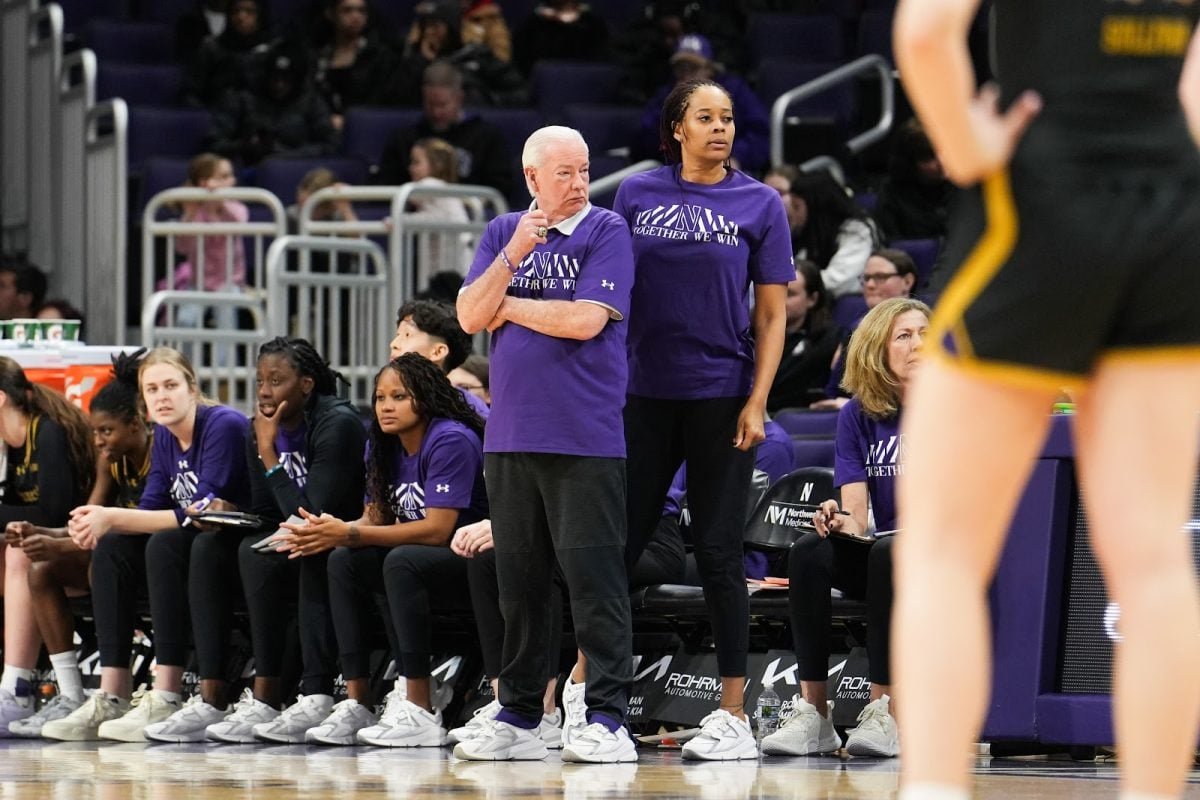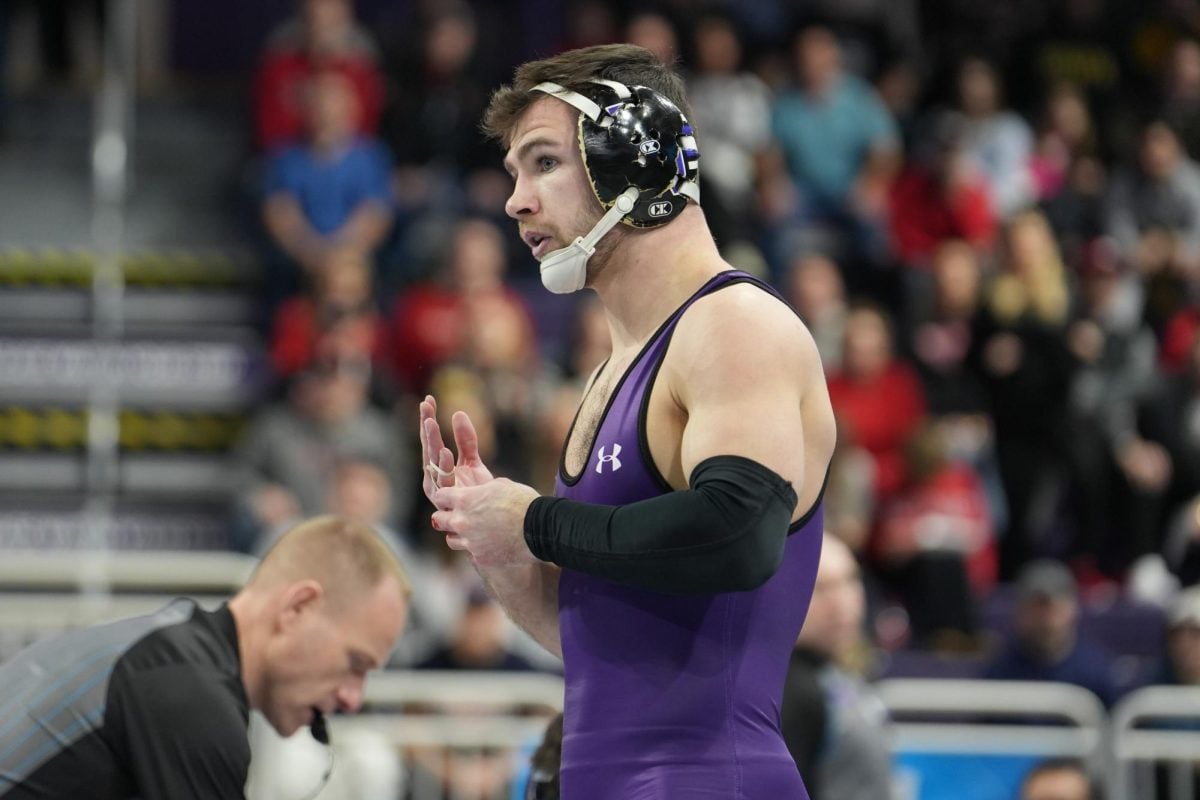On Jan. 28, four men stood at a podium in Chicago with a momentous announcement: A group of Northwestern football players had signed union cards and were filing to unionize as University employees.
Former Wildcats’ quarterback Kain Colter, National College Players Association President Ramogi Huma, United Steelworkers President Leo Gerard and USW Political Director Tim Waters explained their purpose.
College athletes, they said, deserve a collective voice in the ongoing dialogue about their rights. If certified, the players’ union — the College Athletes Players Association — would be the first of its kind and would invite similar action from athletes at private universities around the country.
Eventually, CAPA hopes to negotiate improved medical benefits for players during and after their college careers, more attention on athletes’ graduation rates and scholarships that cover what Huma calls the true cost of college.
The success of the effort is far from a sure thing. The case will be heard by the Chicago branch of the National Labor Relations Board, then likely will be appealed to NLRB headquarters in Washington, D.C., and possibly to federal courts after that. A final resolution may be years away.
Not that the movement leaders haven’t already been patient. For many of the parties involved, the CAPA announcement was years in the making.
Two important partnerships have enabled the initiative to reach this point. One, the alliance of the NCPA and the USW, carefully planned each move over more than a decade. The other, the companionship of the Cats’ football team and its senior leader, acted quickly, perhaps rashly, only days earlier.
That juxtaposition — between the meticulous NCPA and USW decision-making process and the immediate action of the football players — shaped the four men’s path to that podium.
A fruitful partnership
Sometime in the summer of 2000, an email from Huma found Waters’ inbox.
Waters, then USW’s director of rapid response, was in charge of “special projects,” often working with college students in that capacity. He took special interest in the correspondence from Huma, who was seeking support for the nascent NCPA.
Huma was several years removed from a football career at UCLA. There, he had witnessed the suspension of teammate Donnie Edwards for accepting groceries left on his doorstep, and Huma had been inspired to action. In February of his sophomore year, Huma had started a coalition for student athletes. He hoped to develop the student group into a full-fledged advocacy organization and sought assistance from America’s major unions.
Once Huma’s email reached Waters, the pair began a series of phone conversations, during which Huma outlined what he perceived to be NCAA injustices. Scholarships didn’t cover all college expenses and were not guaranteed for all four years of a player’s eligibility. Schools were not required to cover medical expenses for injuries lingering beyond graduation.

“I was amazed at the stuff he was saying,” Waters told The Daily this month.
Waters and a USW contingent flew to California to meet with Huma. Throughout their communication, it became more and more apparent to the union that Huma was right — college athletes lacked certain rights and had no agency for improving their situation.
Thus began a fruitful partnership.
In 2003, Huma backed California legislation called the Student-Athletes Bill of Rights. The bill passed the state Senate before being halted in the California Assembly’s Committee on Higher Education. Huma said the bill’s relative success prompted the NCAA to lift its prohibition on schools covering medical expenses during summer workouts.
Five years later, the NCAA agreed to establish a $10 million trust fund for continuing education of former players as a result of a class-action lawsuit filed by former football and basketball players and backed by the NCPA. Although Huma said the settlement was disappointing, the case established a precedent for athletes to file class-action suits.
Between 2010 and 2013, the NCPA published four studies on college athletes’ rights in tandem with Ellen Staurowsky, an expert in athlete exploitation and college sport reform who has written extensively on the subject of college rights.
Huma first met Staurowsky in 2003 at a conference on sports reform in Saratoga Springs, N.Y. The two kept in touch over the years, and in 2009, Staurowsky, then a professor at Ithaca College, volunteered her graduate students to help the NCPA gather data and publish their findings.
The resulting studies — which detailed the NCAA’s “$6 billion heist,” estimated the average Football Bowl Subdivision player’s worth at $121,000 per year and much more — continued to raise public awareness of college athletes’ lack of rights.
“The role the NCPA has played is creating public awareness of problems athletes have faced,” Staurowsky told The Daily. “As the financial stakes have become so obvious … it’s become more obvious what the inequities in the system are and that the players in the process are not being represented.”
Huma’s greatest victories came in 2012 when California and Connecticut passed the Student-Athletes’ Right to Know Act, which mandated large universities be transparent and honest about their policies on scholarship benefits and medical expenses.
That year also saw the signing of California’s Student-Athletes Bill of Rights, whose initial iteration had been shot down nearly a decade earlier.
All the while, the NCPA had the support of the USW, which offered advice on organizational and legal matters and provided financial muscle.
‘Ready to go’
As time progressed, Huma says, he grew frustrated with the NCAA’s attitude toward college athletes’ rights and the NCPA’s lack of leverage as a mere advocacy group. So in late spring of 2013, when Colter reached out to the NCPA with the idea of unionizing NU players, Huma was all ears.
“When Kain called last year, we were ready to go,” Huma told The Daily. “At that point, the question was whether or not the steelworkers would support it. I knew it would take real resources and expertise to get something like this done.”
Despite the USW’s lengthy and prosperous history of cooperation with the NCPA, the union’s support for Colter and Huma’s plan was not guaranteed. The lofty ambition of a players’ union inspired hesitancy and required meticulous consideration.
“It was a big change in direction,” Waters said. “We had to take a close look at it. One of the things was to make sure we felt 100 percent secure in the argument that they’re employees.”
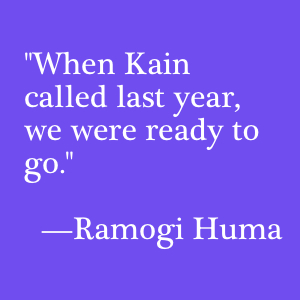
Waters recalls first hearing about the unionization plan from Huma right around Sept. 21, when Colter donned “All Players United” wristbands in a win over Maine. From there, the USW took its time considering whether its participation was worthwhile.
The stakes were high. Without aid, Huma and Colter’s movement would have lacked the funds necessary for the coming legal battles.
“Back in the summer, we realized this wouldn’t be possible without real support,” Huma said. “We’d had a good relationship with the steelworkers, so I talked to the steelworkers about everything, and really, the whole plan would have hinged upon what the steelworkers said. If they didn’t want to support it, that would have been a major obstacle.”
The USW convened a team of labor lawyers to evaluate whether college athletes were employees and therefore whether CAPA had a legitimate hope of succeeding.
In December, Waters said, after weeks of contemplation, they got their answer: in his words, “a resounding yes.”
An overwhelmed majority?
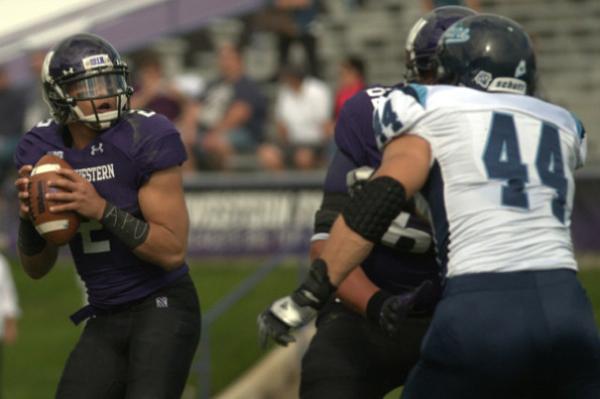
Daily file photo by Susan Du
“A resounding yes” seemed to be the football team’s response to the proposal as well. On Jan. 28, Colter repeatedly touted that an “overwhelming majority” of players on the team signed union cards. Only 30 percent of the team needed to sign in order for the process of unionization to begin.
At the time the CAPA initiative was announced, the process of the team union vote remained a mystery. How had Colter organized for the entire team to meet and decide? How long had Colter been working on forming the union?
Although Colter, Huma and the USW contemplated unionization for months, it appears they gave the players just a few hours — or less — to ponder the same move. The meticulous consideration and hesitancy that had marked more than a decade of slow progress was not part of most players’ decisions.
Two players spoke to The Daily on condition of anonymity about the union process from the team’s perspective. Both players received text messages days before the announcement regarding a mandatory players’ meeting. That meeting ended up serving as Colter’s information session for the team.
One player, a graduating senior, received the text about the meeting but did not attend and gained knowledge of the situation through conversations with his teammates.
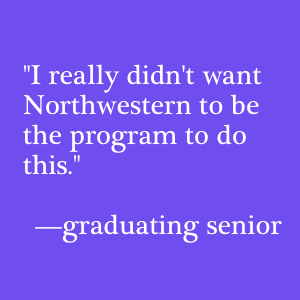
The other, a current player, attended the meeting about signing union cards. The players met in small groups, were given information about why Colter wanted to start a union and then were asked if they wanted to sign union cards. Colter, through his agent, declined to be interviewed about the process.
According to the current player, the decision to sign union cards was brought to the team on Jan. 26, two days before the CAPA announcement. The current player said he didn’t “know much at all” about the process leading up to the vote.
When asked if he didn’t know Colter was thinking about forming a union until the same Sunday he was asked to vote, the player responded, “basically.”
The graduating senior believes his group of players — students still at school on scholarship who no longer have football eligibility — actually received the invitation by accident. He noted graduating seniors cannot be part of the union, and he’s not sure if even Colter, who exhausted his eligibility at the end of the 2013 season, signed a card.
The graduating senior, who emphasized he supported CAPA’s end goals, specifically those about improving health benefits, was wary of the process used to involve the whole team.
“From an outside perspective, they pumped them with all this information about how this is wrong, how this needs to be changed, and then immediately after, asked them to sign these cards. It really gave no one time to process the information,” the graduating senior said. “I think unionizing isn’t necessarily the best way of going about (achieving CAPA’s goals). But I don’t know what other ways there are to do it. I really didn’t want Northwestern to be the program to do this.”
Still, according to the graduating senior, Colter was the best candidate to organize the team.
“Kain is unbelievably intelligent,” he said. “Kain was always a huge leader. People rally behind him in everything. The fact that it was done by Kain gives it a lot of validation to the rest of the team.”
The graduating senior also shed some light on the amount of time players spend week to week on football activities, one of CAPA’s main arguments in favor of players being deemed employees.
According to the graduating senior, the NCAA limit of 20 hours per week of practice is really just “the minimum” of what players devote to the team. Between “voluntary” workouts that help determine who plays, rehab and injury prevention and team meetings, players are usually at the facility from 5:15 a.m. to noon every weekday.
In addition to the workouts and meetings, there are games, travel time and work done at home to prepare for upcoming opponents.
But the graduating senior put the onus on the individual players for the consequences of balancing football and school.
“Taking the information I have now, I don’t think I would’ve signed the union cards,” said the graduating senior, who was not at the meeting. “When it comes down to it, we’re the ones that choose to do this. It was my decision to sign my letter of intent to play football here. If you’re unhappy with the system, don’t do it.”
Ultimately, the players seemed to be a blip in a months-long — even years-long — decision to start a union that could drastically change the NCAA system. But the people who’ve been working on the issue the longest insist they’re involved for the right reasons.
In it for the long haul
The USW will receive no dues from a potential CAPA union. Aside from publicity, there’s no apparent benefit to the steelworkers’ engagement.
“There’s absolutely nothing in this for us,” Waters said, adding unions helping each other is fairly common. “It allows us to do the right thing.”
Huma said the USW truly believes in CAPA’s cause and said their assistance is simply an example of an organization sharing its financial strength in the name of public good.
“From my perspective, it’s philanthropy,” Huma said. “They can relate. They clearly saw this from the beginning as a workers’ rights issue. They’re looking at a group of people that the entire time was trying to scrap and gain leverage without asserting any labor rights. They thought they could be of assistance.”
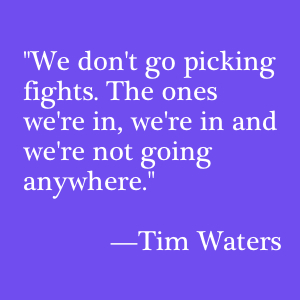
Waters is passionate about the injustice of the college sports infrastructure, which he sees as a “really, really, really good deal for NCAA,” and said he will be personally in attendance at Tuesday’s NLRB hearing.
The USW, he said, is involved for the long haul.
“We don’t go picking fights,” Waters said. “The ones we’re in, we’re in and not going anywhere.”
The path toward unionization continues Tuesday, as hearings in front of the NLRB pick up steam. Colter will be among the witnesses called to testify, and lawyers from both sides will make arguments in the coming weeks in a case that will almost surely reach a higher court.
CAPA’s success now relies on the effectiveness of the strategies Huma and the USW have developed and the shrewdness of the lawyers the steelworkers have hired.
The football players for whom the movement is intended did their part by signing union cards nearly a month ago. Their fate depends on a series of decisions that will take much longer to make.
Email: rohannadkarni2015@u.northwestern.edu
Twitter: @Rohan_NU
Email: asputt@u.northwestern.edu
Twitter: @AlexPutt02

